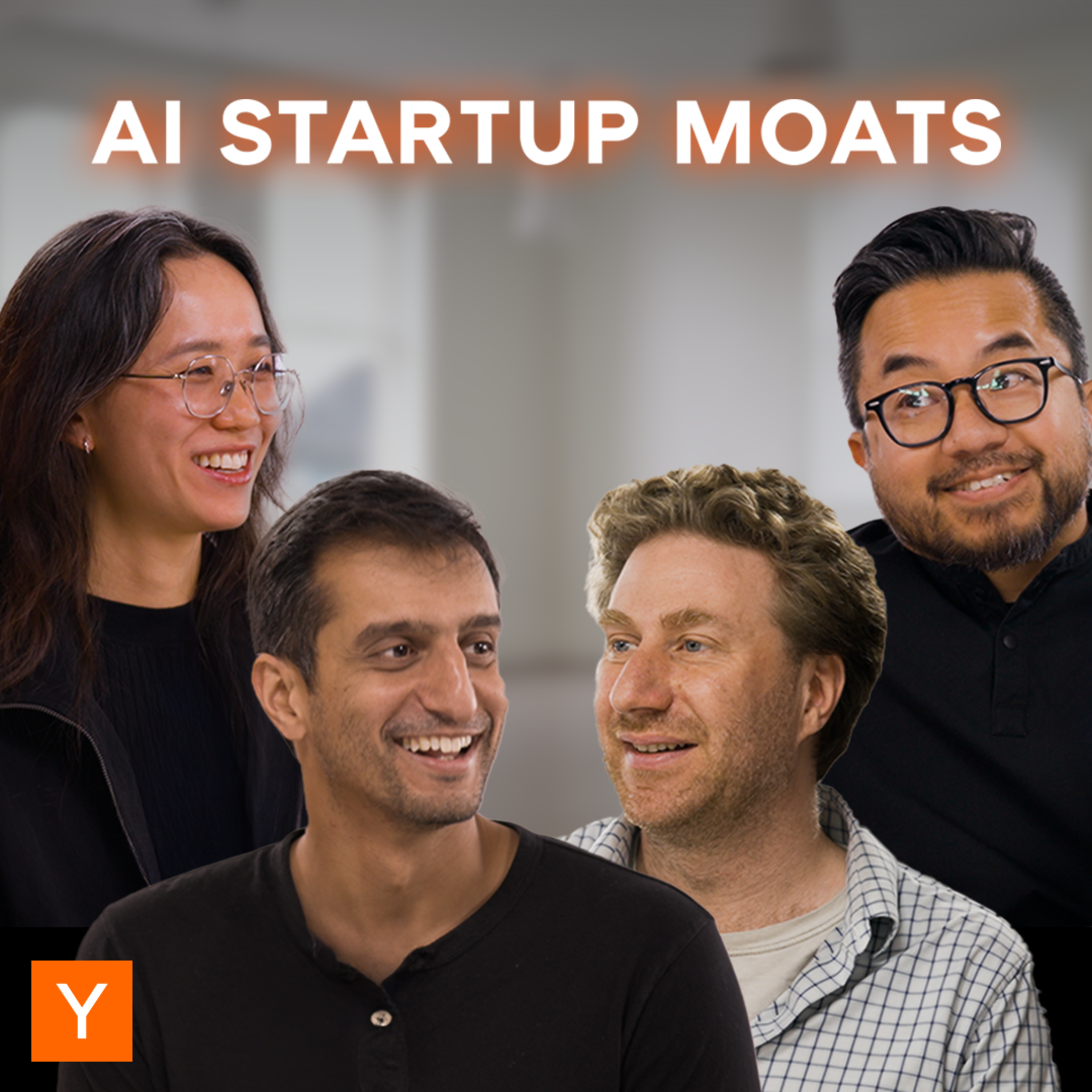
🤖 AI Summary
Overview
This episode explores the concept of moats
for AI startups, drawing from Hamilton Helmer's The Seven Powers framework. The hosts discuss how startups can build defensible advantages, particularly in the AI era, and emphasize the importance of speed, execution, and customer focus in the early stages. They also analyze how traditional moats like process power, switching costs, and network effects apply to modern AI businesses.
Notable Quotes
- The only moat that startups have in the beginning is speed.
– Diana, on the critical advantage of early-stage startups.
- If you can find a problem that causes existential pain for your customer and solve it, you can mint a billion-dollar business.
– Garry, on the importance of solving real problems.
- A moat is inherently a defensive thing, and you have to have something to defend. Otherwise, maybe you're nothing.
– Harj, on the timing of focusing on moats.
🛡️ The Importance of Moats in AI Startups
- Garry explains that moats are essential to protect startups from infinite competition,
which can drive margins to zero and kill businesses.
- Jared notes that many college students struggle to see how AI startups can build enduring moats, especially given the ease of cloning AI products.
- Harj highlights that moats have become a more prominent topic post-AI, as startups fear competition from large labs like OpenAI or Anthropic.
🚀 Speed as the First Moat
- Diana emphasizes that speed is the only moat in the early stages, allowing startups to out-execute larger competitors bogged down by bureaucracy.
- Examples like Cursor, which operated on one-day sprint cycles, demonstrate how relentless execution can give startups an edge.
- Harj and Jared agree that speed enables startups to identify valuable verticals before competitors, setting the stage for deeper moats later.
📚 Revisiting the Seven Powers Framework
- The hosts adapt Helmer's framework to the AI era, discussing moats like process power, cornered resources, and switching costs.
- Jared explains process power as building complex systems that are hard to replicate, citing examples like Plaid and AI agents for banks.
- Diana describes switching costs in AI as deeply customized workflows that make it painful for enterprises to switch providers, as seen with companies like Salient and Happy Robot.
🔄 Counter-Positioning and Second Movers
- Jared defines counter-positioning as doing what incumbents can’t without cannibalizing their business, such as startups adopting task-based pricing models while incumbents stick to per-seat pricing.
- Harj highlights the advantage of second movers, like Stripe and DoorDash, who outperformed early entrants by building better products.
- Examples include Speak, which counter-positioned against Duolingo by focusing on real language learning rather than gamification.
📈 Network Effects and Economies of Scale
- Diana explains how data-driven network effects are critical for AI startups, where more usage improves models and workflows. Cursor’s use of developer data is a prime example.
- Jared discusses economies of scale in AI labs and startups like Exa, which invested early in infrastructure to crawl the web for AI agents.
- The hosts note that while scale economies are rare at the application layer, they are pivotal for foundational model companies.
AI-generated content may not be accurate or complete and should not be relied upon as a sole source of truth.
📋 Episode Description
In the early days, the only moat that startups have is speed. Once you make something people want, the question becomes what deeper moats can you build on to defend against the competition?Garry, Harj, Diana, and Jared dive into Hamilton Helmer’s Seven Powers framework to find out how these moats show up in practice today in AI startups.
